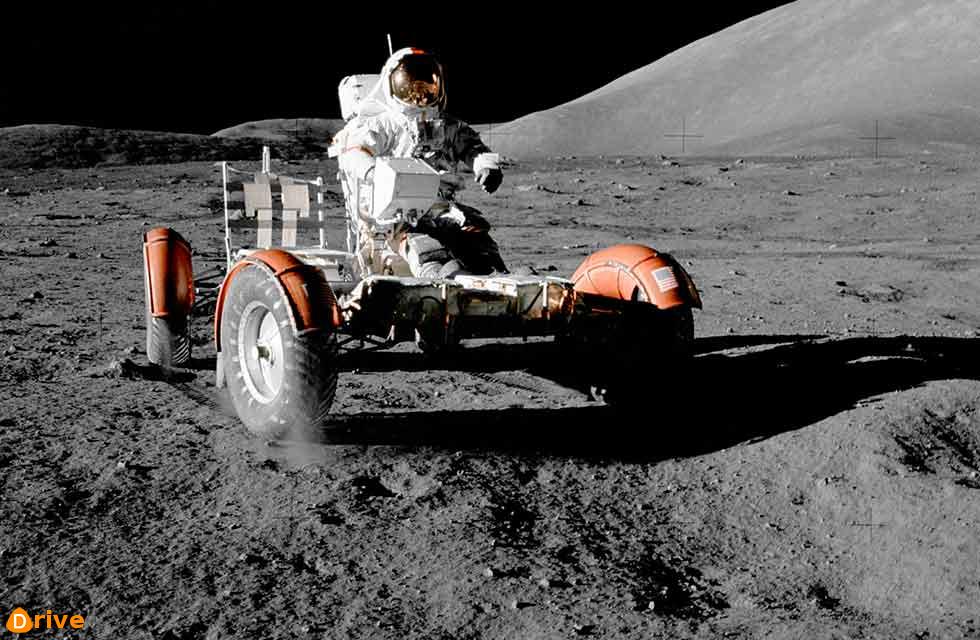What is perhaps the human race’s greatest achievement, the Apollo 11 moon landing, happened 50 years ago this month. The complexity of the Saturn V spacecraft and the creativity of the human mind seemed to know no bounds, enabling Neil Armstrong and Buzz Aldrin actually to walk on the surface of the moon.
Just two years later, their successors could drive on the moon in a vehicle created to cope with the surface: the Lunar Rover. This was not merely an exercise in Cold War dominance; it was vital for assisting subsequent lunar visitors in their experiments and data collection.

Boeing got the contract to develop the all-electric vehicle, which had to be lightweight, collapsible so it could fit into the tight confines of the lunar module, capable of carrying two astronauts and their equipment, and able to withstand the extreme temperatures of a lunar day and night.
Boeing’s test facility created a vacuum down to a temperature of -320ºF, then heated parts of the test Lunar Rover to 250ºF. Powered by Delco electric motors mounted within the wheels, themselves fitted with tyres formed from zinc-coated woven steel mesh, the Rover was designed to operate at one-sixth of the Earth’s gravity. The test Rover built to use on Earth was made six times stronger, so that astronauts could learn to drive it – at a top speed of 8mph. A T-shaped joystick controlled the four wheel motors, the two steering motors and the brakes.
The Lunar Rover (nicknamed the ‘Moon Buggy’) was stowed in Apollo 15’s lunar module. After it landed on 31July 1971, the first ‘off-world’ road trip took place.
Astronauts Jim Irwin and Dave Scott explored the moon’s surface and travelled a remarkable 17 miles in total, far more than previous astronauts who were limited to walking in their bulky and heavy spacesuits.
Two successive missions, Apollo 16 and 17, also included Lunar Rovers. They covered a total of 55 miles between them. All three are still up there, should you fancy a drive.





